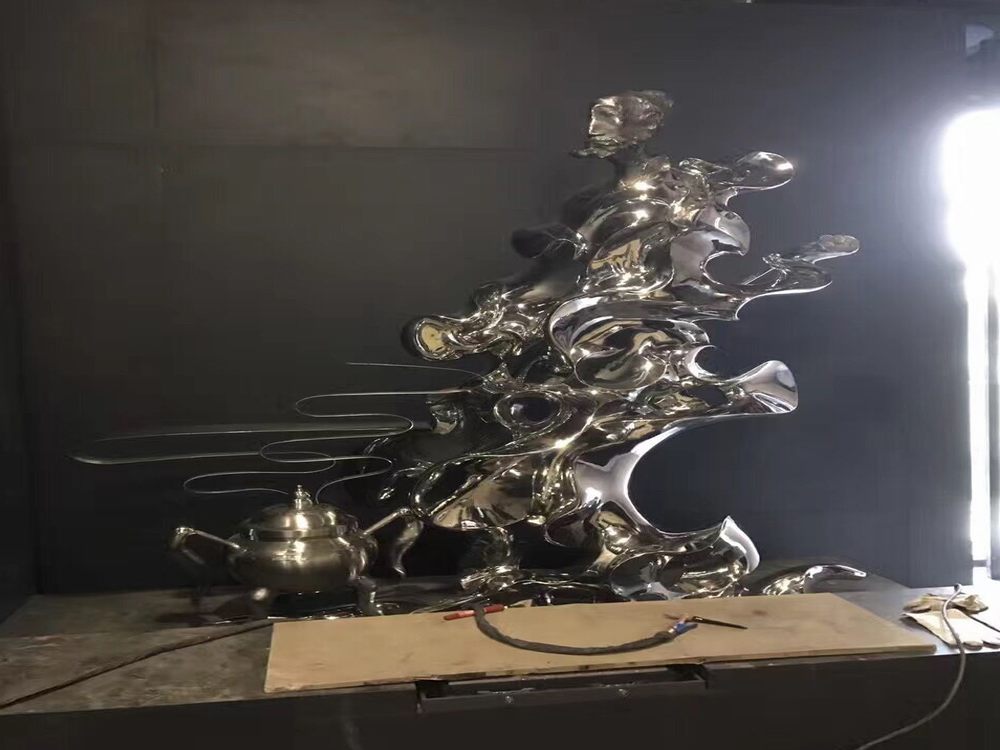
The integration of automated processes in porcelain sculpture creation has sparked debates among artists and collectors. While automation promises efficiency and consistency, it carries significant risks that may compromise the essence of this delicate art form.
1. Loss of Artistic Nuance: Automated systems struggle to replicate the subtle imperfections and emotional depth achieved through handcrafting. The human touch—essential for conveying artistic intent—often gets lost in mechanized reproduction.
2. Material Sensitivity Issues: Porcelain demands precise handling during shaping, drying, and firing. Automated processes may overlook material-specific quirks, leading to cracks, warping, or glaze defects that skilled artisans would prevent.
3. Erosion of Craftsmanship Value: Collectors prize porcelain sculptures for their handmade heritage. Automation risks diluting the perceived value and cultural significance tied to traditional techniques passed through generations.
4. Standardization vs Creativity: Mass production templates limit design innovation. Unlike human artists who adapt and experiment, machines follow predetermined patterns, potentially stagnating artistic evolution.
5. Technical Failure Consequences: A single programming error or mechanical fault can ruin entire batches—a costly risk when working with expensive materials like high-grade kaolin clay.
While automation offers production advantages, true porcelain art thrives on the irreplaceable synergy between artist and medium. The future may lie in hybrid approaches where technology assists—rather than replaces—the master artisan's hand.

